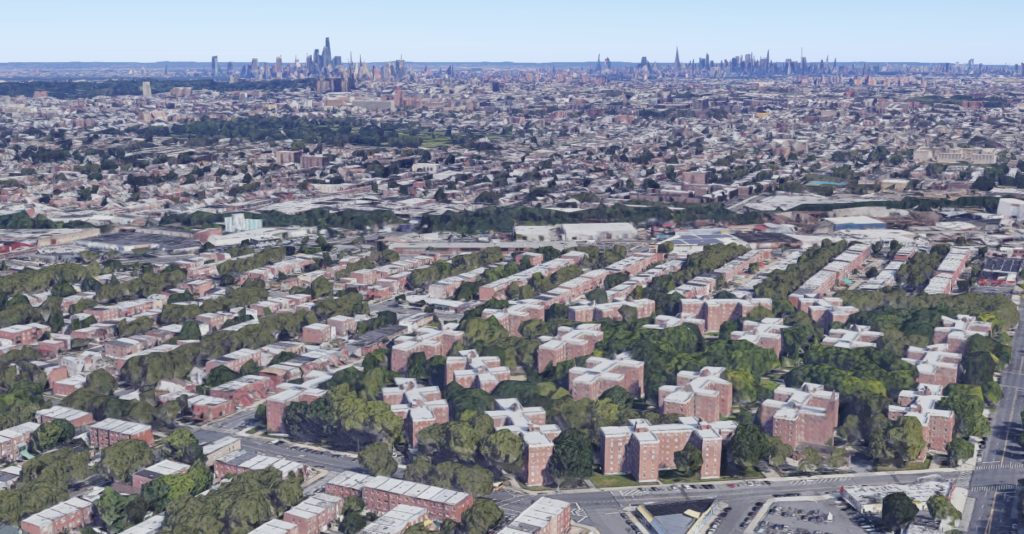NYCHA sees more money per unit than average rent-stabilized building: ANALYSIS

Tenants at Glenwood Houses in East Flatbush, Brooklyn pay an average of $522 per unit per month.
Public housing average is $1,385 per unit, while for private regulated apartment it’s $1,353
By Ad

